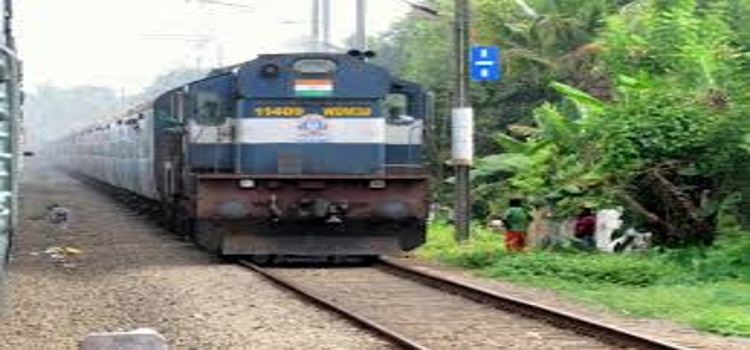
With smartphones becoming popular among the masses, Indian Railways has introduced various mobile apps for the convenience of passengers, said Railway Minister Piyush Goyal on Thursday.
Goyal on his official page said, “Indian Railways has been closely linked to using IT for delivering services. Computer ticketing facility was introduced in Delhi region way back in 1982-83, long before computers became popular in India. E-ticketing or online booking has grown from strength to strength.”
The new railway apps will reshape service, delivery and complaint redressal mechanism in almost every sphere, he said.
The apps will help in reducing turnaround time, eliminate hassles for users and bring transparency and accountability in the functioning of railways.
The various other functions are –
- Rail Saarthi has a single window interface that makes it user friendly. Passengers can use this App to book their tickets, enquire about the train status before starting a journey and share feedback after its completion.
- UTS (Unreserved Ticketing System) App can be used to purchase unreserved train tickets. This also allows one to buy platform or season tickets. There is no need for taking print out of the contents. Passengers can just display it on their mobiles by using show ticket feature.
- IRCTC Rail Connect is a comprehensive App with facilities of purchasing a train ticket, with links to other apps for purchasing air ticket, booking a meal and plan a trip with IRCTC tourism feature.
- IRCTC Tourism App helps you to plan your vacation and book tour packages for travelling within India at comparatively affordable prices.
- IRCTC Catering– Food on Track App allows you to book a meal of your choice anywhere in the country. You can opt from Cash on Delivery or Credit Card options for payment. All you need to do is use your PNR number, view the menu, and order a meal.
- NTES (National Train Enquiry System) App is highly useful for people who commute daily or take frequent trips. It provides commuters with train schedule and real time-status information, like live stations or cancelled trains.
- COMS (Complaint Management System) is the App to share any rail related complaints.
- Coachmitra and Cleanmycoach are pair of useful Apps which help the travellers to get their compartments cleaned immediately. Feedback can be sent on the website CLEANMYCOACH.COM COACHMITRA.
- Railways Parcel Application App helps users to know the current status of their parcel booked with the Railways and calculate the approximate fare based on weight and scale of the train” the page added.
Railways are in the process of developing more apps and increasing the scope and volume of services being delivered through this user-friendly medium.









